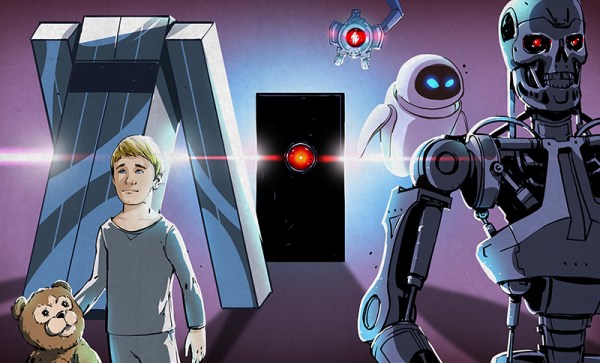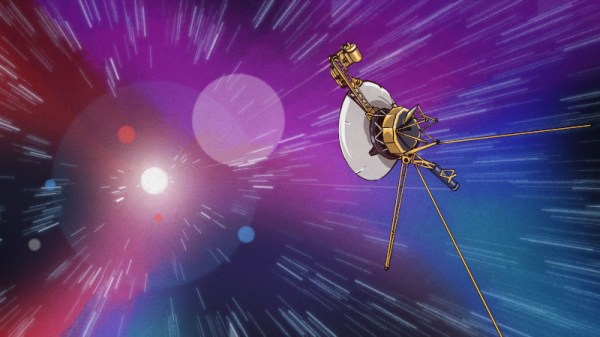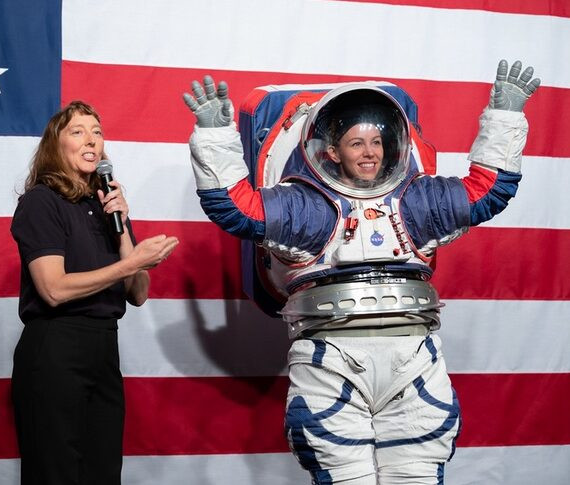Ding, dong; the office is dead. The real office is in your head.
This is what I tell myself when working from home gets too weird, too stale, too impossible. By now, many of you know some version what I’m talking about. Our circumstances may vary wildly, but the outcome is the same: working from home is pretty awesome, but, some small, secret part of us longs for the office. Why is that?
The answer will be different for everyone. Maybe you’re a social butterfly who misses face-time and the din of familiar voices. Maybe you just appreciate the physical separation between work and home life. If you’re lucky, the choice to go to the office is yours at this point, and if not, well, we have to wonder if you’re looking for new work. It’s 2022, we’re still in a pandemic, and of course there’s this, that, and the other multi-national Dumpster fire you haven’t heard about yet. Isn’t it time we prioritized work output over office attendance when it comes to our livelihoods?
To no one’s surprise, few major companies agree with me. Elon recently decreed that ‘remote work is no longer acceptable‘, and that those who want to work remotely may only do so as a reward after serving a minimum of 40 hours per week in the office. Apple tried to enforce three appearances a week until they received an open letter with 1,000+ signatures against.
Continue reading “Office Life: The Old Gray Mare, She Ain’t What She Used To Be”



















